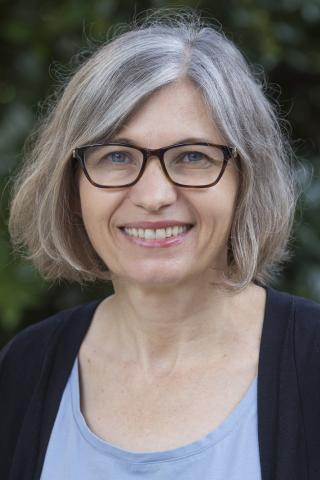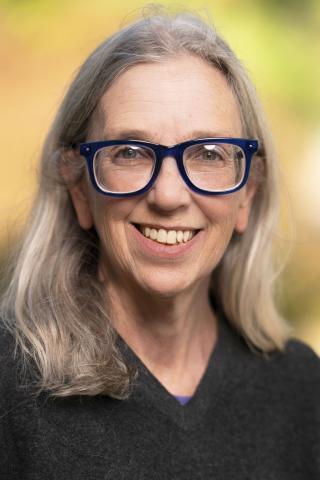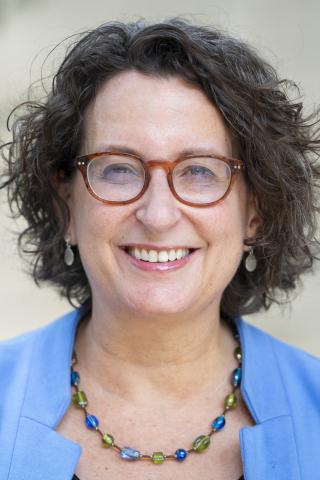What if there is no one available to serve in a licensed professional position?
Each type of board requires some members who are licensed professionals. In most cases, those professionals must also be residents of the county or multi-county district served by the board. However, sometimes there is no resident in the local public health agency’s jurisdiction who qualifies for one of the licensed professional positions. How this situation is managed varies for the different types of boards.
For county and district boards, if there is no one available to serve in one of the licensed professional positions, a member of the general public must be appointed instead. Also, if there is only one member of a licensed profession available to serve in the jurisdiction, the commissioners have the option of appointing either that person or another member of the general public.[1] There are no similar provisions in the statute for consolidated human services boards, suggesting that a licensed professional position on a consolidated board would remain vacant if there were no resident available to serve.
Public health authority boards are different in two ways that may make this issue less of a concern for them. First, the only licensed professional positions that must be represented on a public health authority board are the physician and the dentist. The commissioners are permitted to choose two to four additional members from a list of licensed professionals—optometrist, veterinarian, registered nurse, pharmacist, professional engineer, accountant—but the board is not required to have all of them. Second, public health authority board members are not required to be residents of the authority’s jurisdiction, so the commissioners could choose a non-resident to represent one of the professions.[2]
[1] G.S. 130A-35(b) (county board of health); 130A-37(b) (district board of health.)
[2] G.S. 130A-45.1(c).





